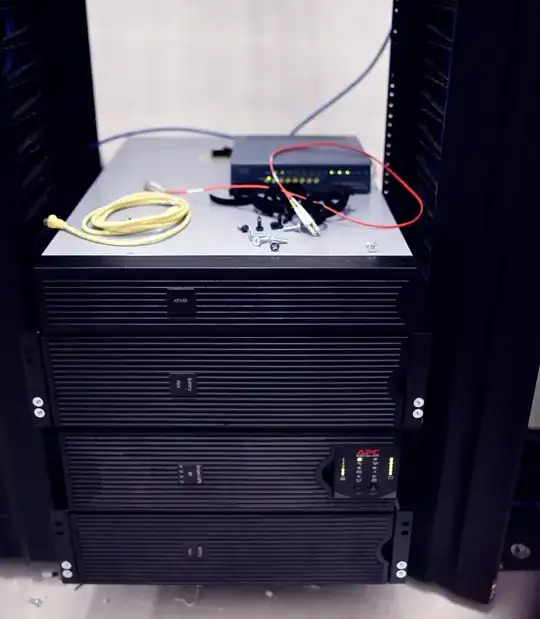I've done some looking and have not found a satisfactory answer to this question.
When is it necessary or suggested to use an independent UPS (on it's own mains branch circuit) for each power feed to a rack? To elaborate; when using servers with redundant power supplies, it's typically recommended that each '1' power supply goes to branch circuit 'A', and each '2' power supply is fed by branch circuit 'B', but do you need a UPS for both 'A' and 'B' feeds, or just one?
Background: I've been tasked with planning an infrastructure upgrade to our internal-use servers. We are a manufacturing company and much of our equipment and custom software relies on having reliable and online servers locally in our office. We currently have two server rooms with one rack in each, that are on opposite ends of a large building (for redundancy against fire or accident etc). They each have a UPS that is fed from circuit 'A' and the equipment we have that does have multiple PSUs has both connected to this UPS. So if the UPS were to die... ploop, there goes the servers.
My personal theory is that having PSU1 of each server connected to a UPS, and PSU2 of each server connected to a PDU that is fed directly from mains, would provide a good mix of reliability and cost. But my supervisor thinks that we should run two UPS units, one for each feed.
If this question is too vague please let me know and I will try to revise it.
